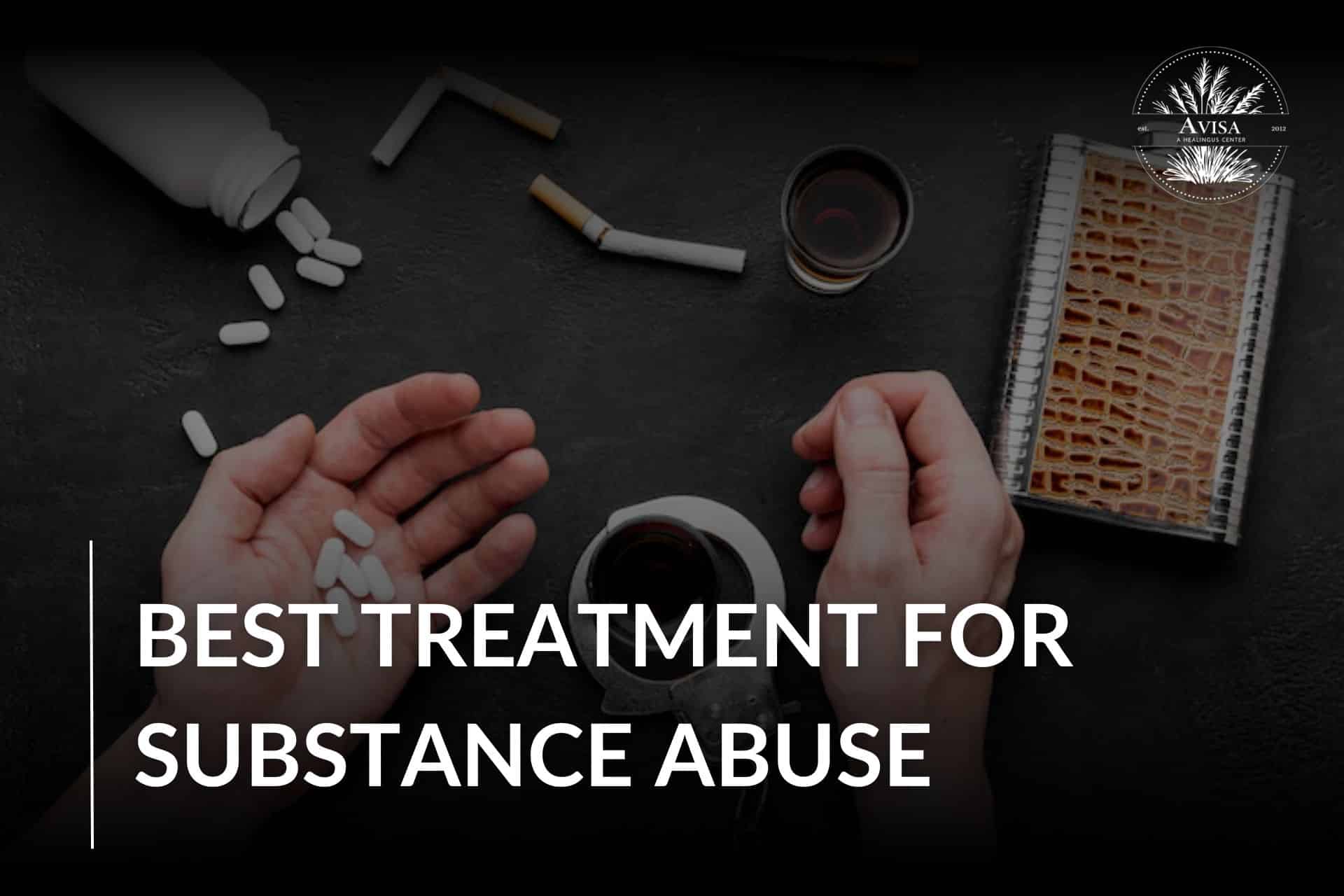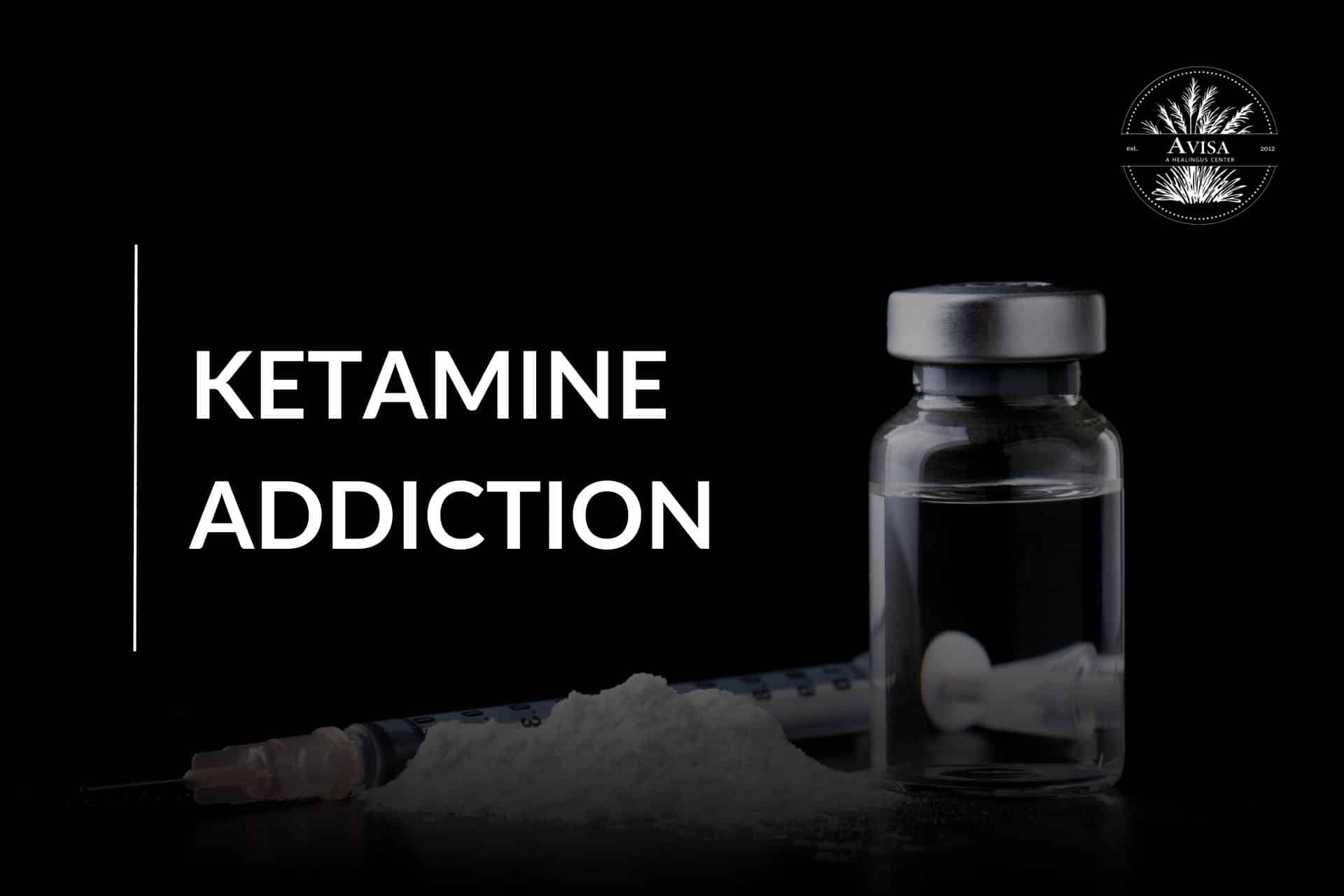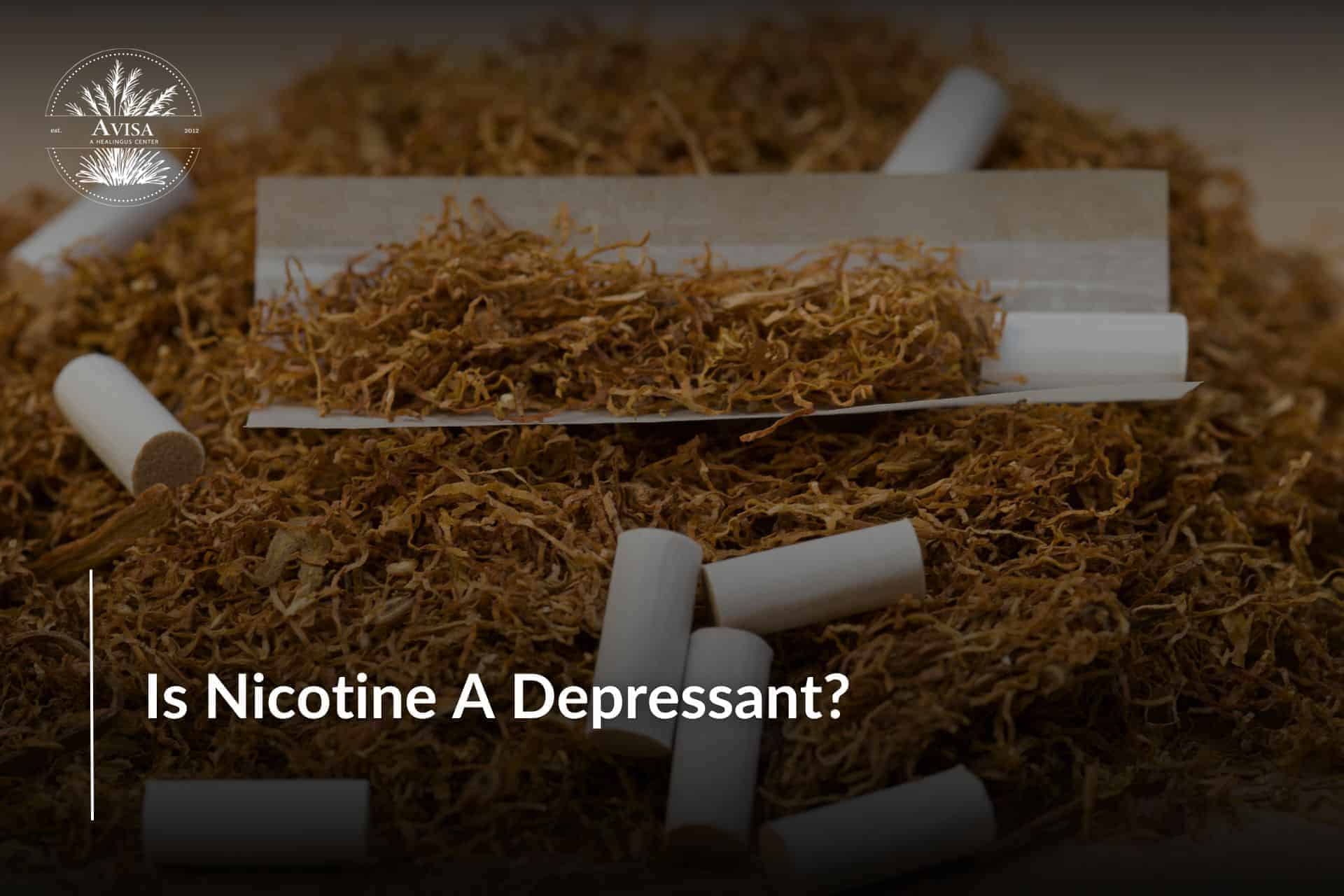When you become Fentanyl dependent, facing withdrawal might sound scary, but it isn’t. Fentanyl is a heavy synthetic opioid, known as an effective painkiller, particularly used after surgery. According to the National Institute on Drug Abuse (NIDA), fentanyl is a generic synthetic opioid that shares similarities with heroin and morphine but exhibits significantly greater potency. Doctors commonly prescribe it for managing severe pain conditions. It comes in different forms like a tablet, patch, spray, or lozenge. No matter how it’s taken, though it’s strong, it’s important to use it just as the doctor prescribes. Because when utilized abusively, it develops a state of dependence.
Although Fentanyl is meant for medical use, some people misuse it to feel a sense of euphoria and relaxation. A study conducted in 2022 by SAMHSA (Substance Abuse and Mental Health Services Administration) shows that 991,000 people over age 12 abuse fentanyl. That’s because it’s easy to get addicted to fentanyl, it can be really dangerous and may even lead to a fatal overdose. Therefore, it becomes essential to undergo the withdrawal process.
Quitting fentanyl is difficult under any circumstances, though, due to the extreme detox symptoms it causes, discontinuing its use will prompt the onset of distressing detox symptoms. The fentanyl detox experience can be both physically and emotionally challenging for those who are highly addicted. The potency of fentanyl amplifies the intensity of withdrawal symptoms, making the process particularly daunting. Overcoming fentanyl dependence often requires medical and psychological support to manage the challenging journey toward recovery. It underscores the importance of seeking medical guidance and assistance on detoxification and rehabilitation.
This article aims to provide a comprehensive guide on fentanyl detox methods and a comprehensive guide on recovery. We will explore the fentanyl withdrawal timeline, identify fentanyl detox symptoms, and explore what are the best fentanyl detox treatment, with the help of medical detox management.
What is Fentanyl? What does Fentanyl do?
Fentanyl is a powerful synthetic opioid approved by the Food and Drug Administration (FDA) for pain relief and anesthesia. Its dose is around 100 times greater than morphine and 50 times stronger than heroin in terms of pain-relieving results. Besides easing pain, it can also make patients feel calm and relaxed, which is why some people misuse it. Using too much can be risky, especially because it slows down breathing, and in extreme cases, it can be life-threatening.
Dangers of Fentanyl Addiction
If you are abusively taking fentanyl or are worried about someone you care about, some common signs and symptoms can indicate addiction. These include the following:
- Wanting to quit or cut down on fentanyl use, but finding it hard to do so
- Spending time, money, and effort to get, use, and recover from fentanyl
- Strong urges or cravings for fentanyl
- Keeping away from friends and family, feeling isolated
- Taking risks for oneself and others while using or getting the drug
- Using the drug despite knowing its effects on the mind and body
- Experiencing withdrawal symptoms when using less or stopping
Fentanyl addiction leads to both physical and mental signs, including depression, confusion, poor coordination, dizziness, and fainting. People also experience anxiety, itching, and scratching, along with mood swings and noticeable weight gain. So, if someone is struggling with misusing fentanyl, detoxification is required to safely stop its use and address any potential risks.
Fentanyl Detox and Fentanyl Detox Symptoms
If you or someone close to you misuses fentanyl, the body gets used to it. When the intake of medicine is suddenly discontinued or stopped by the addict, their body negatively reacts, and that’s when withdrawal begins. It can happen pretty fast, usually within 12 to 30 hours after your last dose. That’s when you might start feeling the symptoms of withdrawal. Fentanyl detox Symptoms are both Physical and behavioral.
The Importance of Fentanyl Detox
Detoxification is the first step in the journey towards overcoming fentanyl addiction. It involves the removal of all traces of fentanyl from the body, allowing the individual to start their recovery with a clean slate. Detox is essential for several reasons.
Firstly, prolonged use of fentanyl leads to physical dependence, meaning the body becomes reliant on the drug to function normally. When fentanyl is suddenly discontinued, withdrawal symptoms occur. These symptoms can be severe and uncomfortable, making it challenging for individuals to quit using fentanyl without proper support.
Secondly, detoxification helps to break the psychological dependence on fentanyl. The drug becomes intertwined with daily routines, emotions, and coping mechanisms. By detoxing, individuals have the opportunity to reevaluate their relationship with fentanyl and develop healthier strategies to deal with life’s challenges.
Fentanyl Detox Symptoms
Stopping the use of drugs or significantly lowering the dose might cause fentanyl withdrawal symptoms. These symptoms can vary from mild to severe and may include:
Fentanyl withdrawal, while usually not life-threatening, can be very uncomfortable. How bad it gets depends on factors like how much and how long someone uses the opioid drug, as well as any other health issues they might have. Sometimes, trying to detox at home without medical help can cause serious problems, like dehydration and imbalanced sodium levels in the blood, which might lead to heart issues if vomiting and diarrhea aren’t treated. Additionally, there’s a higher risk of overdose if someone goes back to using fentanyl after a break because their tolerance to opioids may be lower.

Physical Fentanyl Detox Symptoms
- Muscle and Bone Pain
- Nausea and Vomiting
- Chills and Sweating
- Runny Nose and Sneezing
- Digestive Issues (Diarrhoea, Abdominal Cramping)
- Sleep Disturbances
- Fatigue
- Dilated Pupils
Behavioural Fentanyl Detox Symptoms
- Irritability and Mood Swings
- Anxiety and Restlessness
- Agitation
- Difficulty Concentrating
- Insomnia or Changes in Sleep Patterns
- Social Withdrawal
- Cravings
- Impaired Judgement
Fentanyl impacts the central nervous system, particularly the MOR (mu-opioid receptors), which are crucial for controlling pain relief, pleasure, and reward. With regular fentanyl use, these receptors become less sensitive, and the body starts depending on the drug for normal functioning. However, when fentanyl is suddenly taken away, the MOR is left empty, causing a series of physical and mental changes.
Detoxing from Fentanyl: Medical vs. Non-Medical Options
When it comes to detoxing from fentanyl, individuals have the option to choose between medical and non-medical detox methods. Both options have their pros and cons, and the choice depends on various factors, including the severity of addiction, individual preferences, and available resources.
Medical Detox: Medical detox involves undergoing detoxification under the supervision of healthcare professionals in a specialized detox facility. This option provides individuals with around-the-clock medical care, ensuring their safety and comfort during the withdrawal process. Medications may be prescribed to manage withdrawal symptoms and reduce cravings.
Non-Medical Detox: Non-medical detox refers to detoxing from fentanyl outside of a medical facility, often at home. This option may involve tapering off the drug gradually or quitting cold turkey. While some individuals may find success with non-medical detox, it is crucial to recognize the risks involved. Without medical supervision, withdrawal symptoms can be severe and potentially dangerous.
Fentanyl Detox Timeline
The fentanyl detox timeline varies, but most of the people experience this
- 8-24 hours: Mild withdrawal symptoms start.
- 1-2 days: Symptoms worsen, resembling a severe flu.
- 3 days: Peak of withdrawal symptoms.
- 5-7 days: Symptoms begin to lessen, and you start feeling normal again.
Fentanyl withdrawal symptoms usually start about 12 hours after the last dose. They’re most intense in the first 72 hours and can last for seven to ten days on average.
The Detox Process: What to Expect
The detox process can vary depending on the individual’s unique circumstances and the chosen detox program. However, there are several general steps that most people go through during detox from fentanyl.
1. Intake and evaluation: The process begins with an intake assessment, where healthcare professionals gather information about the individual’s medical history, substance use, and mental health. This evaluation helps determine the appropriate treatment plan.
2. Stabilization: Stabilization involves managing withdrawal symptoms and ensuring the individual’s safety and comfort. Medications may be administered to alleviate symptoms and reduce cravings.
3. Medical monitoring: Throughout the detox process, medical professionals closely monitor the individual’s vital signs, withdrawal symptoms, and overall well-being. Adjustments to the treatment plan may be made as needed.
4. Psychological support: Detox is not just about physical withdrawal; it also involves addressing the psychological and emotional aspects of addiction. Counseling and therapy sessions may be integrated into the detox program to provide support and guidance.
5. Transitioning to further treatment: Detox is just the first step in the recovery journey. Once detox is complete, individuals are encouraged to continue their treatment through counseling, therapy, and support groups to address the underlying causes of addiction.
Detoxing at Home: Is it Safe?
Detoxing from fentanyl at home is not recommended for everyone. While it may seem like a more convenient and private option, it can be risky and potentially dangerous. Fentanyl withdrawal symptoms can be severe and require medical supervision to ensure safety and comfort.
However, for individuals with a lower level of dependence and minimal withdrawal symptoms, detoxing at home may be a viable option. It is crucial to consult with a healthcare professional who can assess the individual’s suitability for home detox and provide appropriate guidance and support.
Treatment to Cope Up With Fentanyl Abuse
Medical assistance and behavioral therapy both are effective approaches to handling withdrawal symptoms and managing cravings. It makes the recovery process from fentanyl addiction more straightforward. Fentanyl detox treatment from opioids is commonly the initial stage in a more extensive treatment strategy, as detox alone is usually not enough to support lasting recovery. It assists both outpatient and inpatient treatments.
Doctors can prescribe medications that not only ease withdrawal symptoms but also offer long-term support in staying away from prescription and illegal opioids while lowering the risk of overdose. Two effective medications in fentanyl detox are:
- Methadone: Blocks cravings and eases withdrawal without causing a strong high.
- Buprenorphine: Helps with withdrawal symptoms and cravings, making fentanyl detox more comfortable.
Apart from opioid medications, the FDA approved a non-opioid treatment called lofexidine hydrochloride in 2018. Moreover, for addicts seeking recovery from fentanyl abuse, personalized therapies and treatments are drafted taking the patient’s tolerance level under care. These specialized care plans are tailored fentanyl detox treatment programs designed to maximize effectiveness.
In cases requiring drug detoxification, Inpatient rehabilitation is recommended, which includes therapies to address the underlying causes of addiction and make coping strategies for life beyond substance dependence. Behavioral therapies like cognitive behavioral therapy and contingency management are also given to patients, depending on the situation. Additionally, flexible outpatient therapy is used by doctors, to accommodate work and personal commitments.
Tapering is another way to rescue. Tapering is a method where the amount of fentanyl you take is slowly reduced until you don’t need it anymore. Here the doctor will make a plan for the patient to gradually stop the medication over weeks or months. They keep an eye on patient health with regular check-ups, and blood samples to track medication levels in your system.
Dangers of Fentanyl Detoxification
Discontinuing or stopping opioid use, while usually not life-threatening, can be risky, especially if you have other health problems. It might lead to issues like dehydration, high blood sodium levels, and heart failure. Pregnant women could face problems like bleeding or leaking amniotic fluid. Following withdrawal, there’s an increased risk of overdose with a smaller opioid dose. Having a naloxone kit is advisable for opioid users to counter potential overdoses. If struggling with fentanyl addiction, seeking illicit doses is perilous due to unregulated content, heightening the risk of overdose and death. In case of an overdose, calling 911 is essential. Additionally, resources like SAMHSA can assist those seeking help with opioid addiction.
FAQs
1. Can You Detox From Fentanyl at Home?
It’s not recommended to detox from fentanyl at home. Doing so can be risky, especially since fentanyl withdrawal can be harsh and potentially dangerous. Deaths have occurred when people tried to detox alone. Seeking professional help and tailored fentanyl detox treatment is safer and more effective. To stay calm during this process, consider activities like meditation and keeping busy at home. Professional guidance is essential for a successful and safe detox.
2. How Long Does Fentanyl Detox Last?
On average Fentanyl detox usually lasts for about one to two weeks. However, the duration can vary from person to person based on factors such as individual health, the extent of fentanyl use, and overall well-being.
3. How Does Fentanyl Detox Work?
Fentanyl detox can happen at a detox facility or rehab center. Doctors might give you medicines like buprenorphine or methadone to help with cravings. They’ll slowly lower the doses. You might also have therapy options to help you recover during the process.
Conclusion
Fentanyl is a potent synthetic opioid that has a high potential for addiction. Fentanyl drug abuse is causing a serious overdose crisis in the US, leading some people to see it as a quick way to end their lives. But, the best way to get rid of this addiction is through Fentanyl detoxification. Withdrawal isn’t easy, but with professional help, taking the best fentanyl detox treatment, and different therapies, it can be safer, more comfortable, and more likely to work.
For professional drug testing services, contact National Drug Screening, Immediate drug testing is available for employers and individuals.
Apart from medical help, on your own, all you can do is focus on self-care. Eat healthy, exercise regularly, and make sure to get enough sleep. Taking care of yourself like this helps manage withdrawal symptoms and keeps your overall well-being in check. Always remember, it’s better to seek a cure than suffer unnecessarily.
To help a patient heal and fulfill their emotional, mental, physical, and spiritual needs, our clients at Avisa Recovery receive customized treatment plans that combine a range of therapeutic approaches. Avisa puts forth a lot of effort to find and eliminate systemic barriers that prevent disadvantaged populations from getting care because we believe that everyone should have access to high-quality healthcare.











